
Are you getting the most out of your spreadsheet software? The truth is, Excel is a completely different beast than it was just five years ago. If you’re not actively using modern Excel features, you’re likely stuck in old habits that are costing you valuable time and effort. Many users are completely unaware of the powerful tools now built directly into the program.
This guide will walk you through the essential Excel upgrade you need to make, leaving the old, manual ways behind for a faster, smarter, and more automated workflow.
1. The Lookup Revolution: Why XLOOKUP is a Game-Changing Feature
💾 THE OLD WAY → Clunky Reference Functions
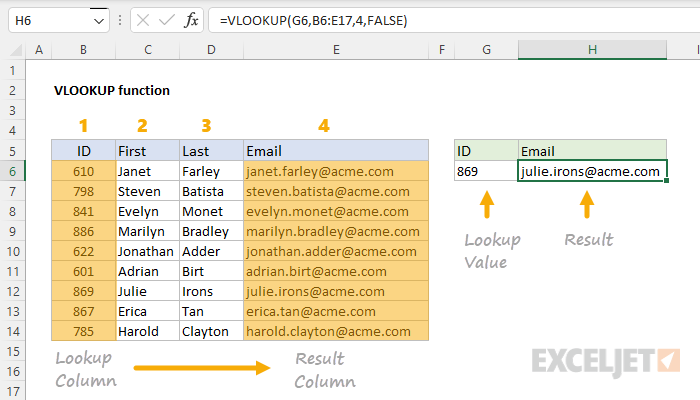
For decades, $VLOOKUP() ruled our spreadsheets. But as anyone who has used it knows, it came with frustrating limitations. You could only search from left to right, handling errors required a clunky, nested $IFERROR() statement, and simply adding a column to your source data could break your formulas in an instant.
💻 THE NEW WAY → The Power and Flexibility of XLOOKUP()
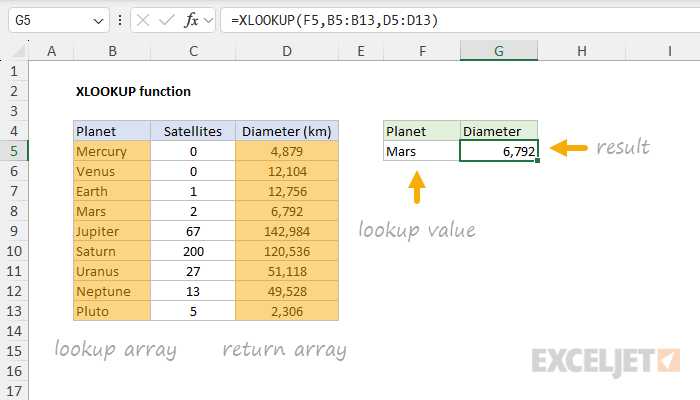
is one of the most celebrated modern Excel features, designed to fix all the shortcomings of its predecessors. This single, flexible function is what we always wanted.
- ✅ Search in any direction — left, right, up, or down. No more rearranging your data.
- ✅ Use built-in approximate and wildcard matching with simple arguments.
- ✅ Handle errors intelligently with an optional
[if_not_found]argument built right in. - ✅ Process large datasets with incredible speed and efficiency.
Imagine you need an employee’s salary using their ID. In the past, if the salary was to the left of the ID column, $VLOOKUP() would fail. $XLOOKUP() handles this effortlessly.
2. From Basic Pivots to Power Pivot: True Data Modeling
💾 THE OLD WAY → Simple Summaries
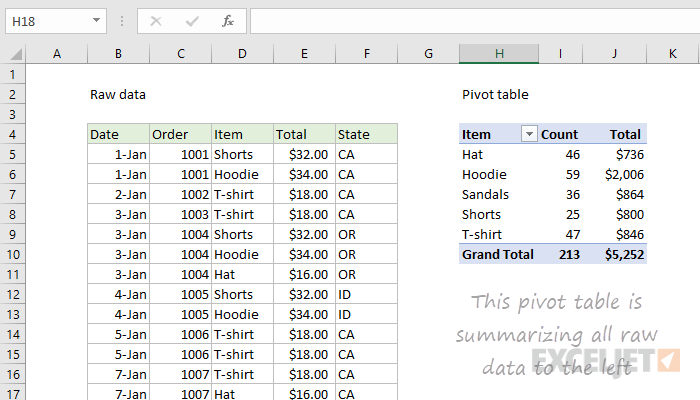
Classic PivotTables are great for quick summaries from a single table. But they struggle when your analysis gets complex, requiring you to mash data together with lookups first. They are also limited in the types of calculations they can perform and can choke on large datasets.
💻 THE NEW WAY → Analysis on Steroids with Power Pivot

Power Pivot is a data modeling engine that transforms Excel into a powerful business intelligence tool. It allows you to analyze data like never before.
- ✅ Connect multiple data tables with real relationships, creating a “Data Model”.
- ✅ Use DAX (Data Analysis Expressions) formulas for sophisticated calculations that go far beyond “SUM” or “AVERAGE”.
- ✅ Process millions of rows of data from various sources without crashing.
- ✅ Leverage built-in time intelligence functions to easily compare data over days, months, and years.
While a normal PivotTable tells you “Total Sales per Region,” a Power Pivot model can answer, “What was the year-over-year sales growth for our top 3 products in each region?”
3. From Manual Cleanup to Power Query: Your Automated Assistant
💾 THE OLD WAY → Mind-Numbing Manual Work
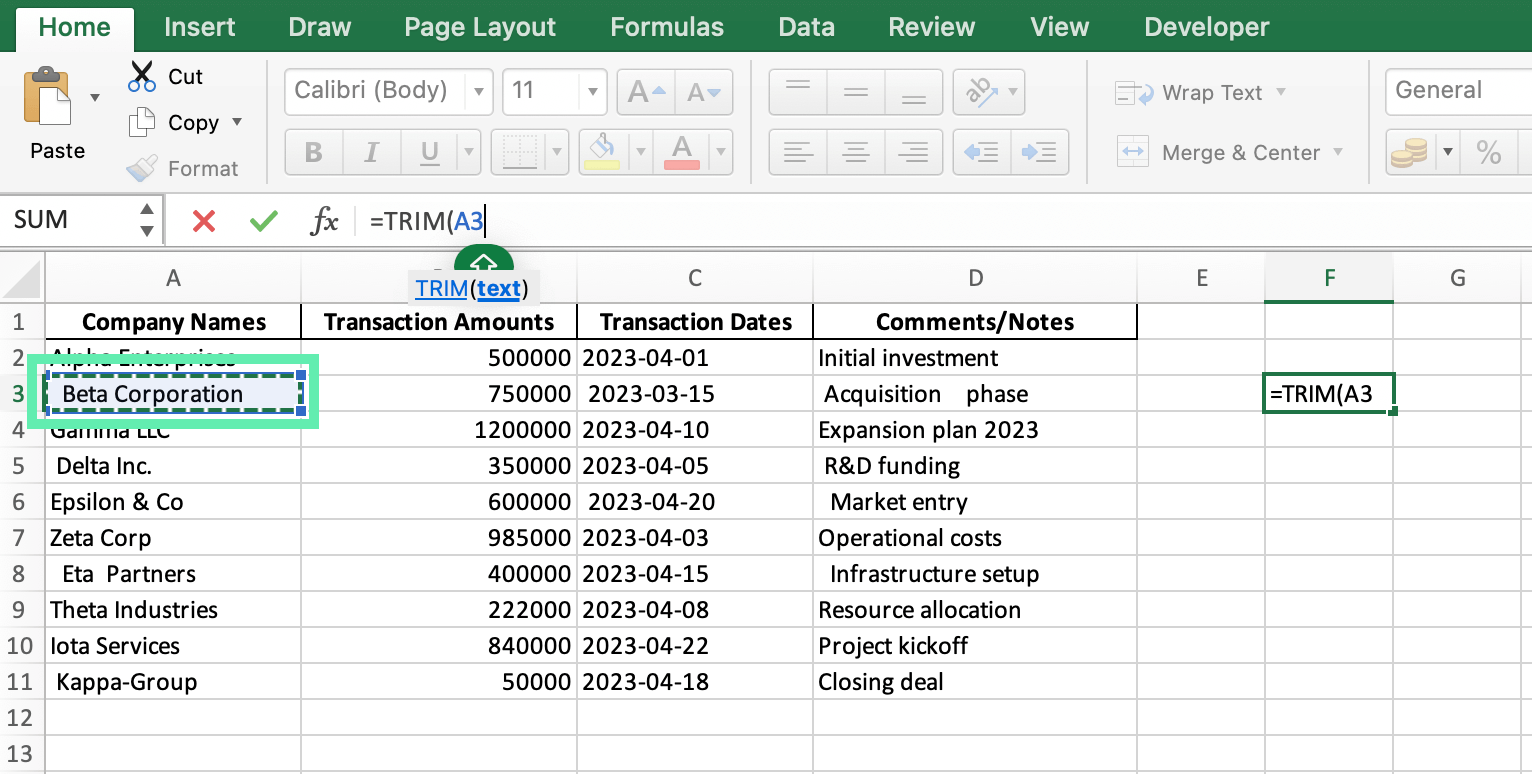
The old way of preparing data was a soul-crushing marathon of copy-pasting, find-and-replace missions, and using functions like $TRIM(), $LEFT(), and $RIGHT(). Every step was tedious, had to be repeated for new data, and carried a constant risk of human error.
💻 THE NEW WAY → Automated Workflows with Power Query
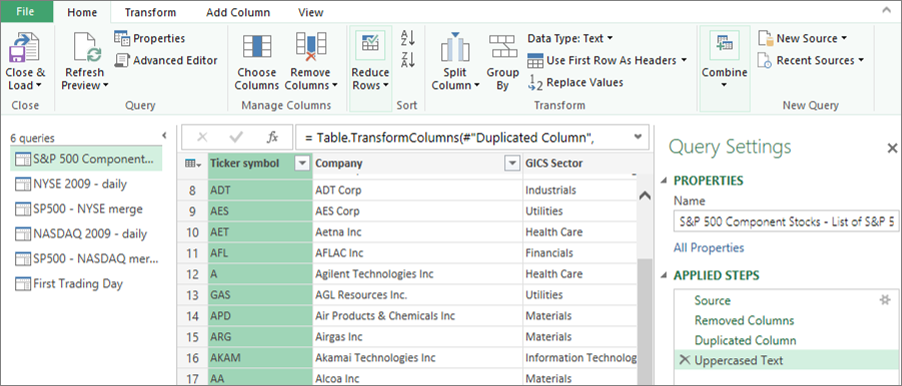
Power Query is arguably the most impactful of all the modern Excel features for anyone who works with messy data. It’s an ETL (Extract, Transform, Load) tool that records your cleanup steps and automates the entire process.
- ✅ Connect to hundreds of data sources (files, folders, databases, websites).
- ✅ Transform and shape data with a user-friendly interface—no formulas needed.
- ✅ Clean data by splitting columns, removing errors, and unpivoting tables.
- ✅ Refresh everything with a single click when your source data updates.
Set it up once, and use it forever. This is the definition of working smarter, not harder.
4. From Static Formulas to Dynamic Arrays: The Magic of "Spill"
💾 THE OLD WAY → The CTRL+SHIFT+ENTER Dance
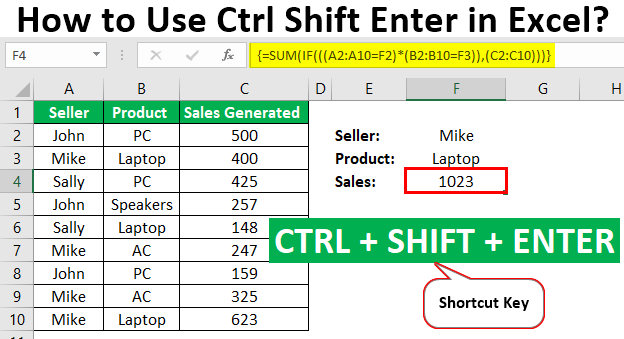
Legacy array formulas were powerful but notoriously difficult to use. They required the special $CTRL+SHIFT+ENTER$ keystroke, had complex syntax, and their fixed range references would break easily, making them a nightmare to write and debug.
💻 THE NEW WAY → Effortless Dynamic Array Functions
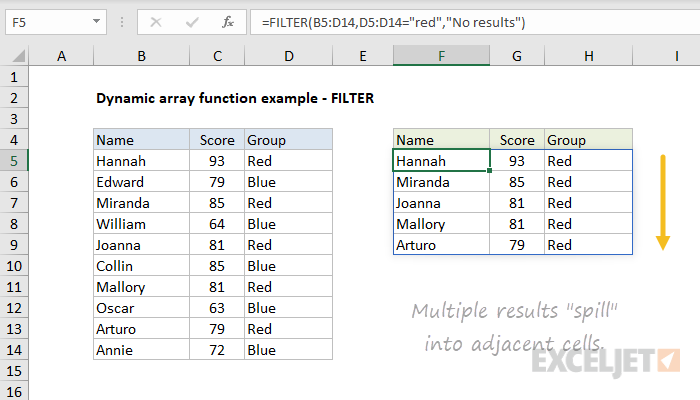
Welcome to the future of formulas. With Dynamic Arrays, a single formula can now return, or “spill,” an array of multiple results into adjacent cells automatically.
- ✅ Results “spill” automatically, so one formula can populate many cells.
- ✅ New functions like
$UNIQUE(),$FILTER(),$SORT(), and$SEQUENCE()work instantly. - ✅ Ranges are dynamic and adjust automatically as your source data changes.
- ✅ Formulas are simpler and actually make sense when you read them.
For example, the formula =FILTER(SalesData, SalesData[Region]="East") will instantly spill a list of all sales records from the East region. This is one of the most intuitive modern Excel features you can learn.
Conclusion: It's Time to Upgrade Your Excel Skills
Mastering these modern Excel features isn’t just about learning new tricks; it’s about fundamentally changing your relationship with data. By embracing tools like , Power Query, Power Pivot, and Dynamic Arrays, you move from being a manual data operator to an efficient, insightful data analyst.
So, the only question left is: Which one will you master first? Stop working harder and start working smarter with the tools already at your fingertips.
